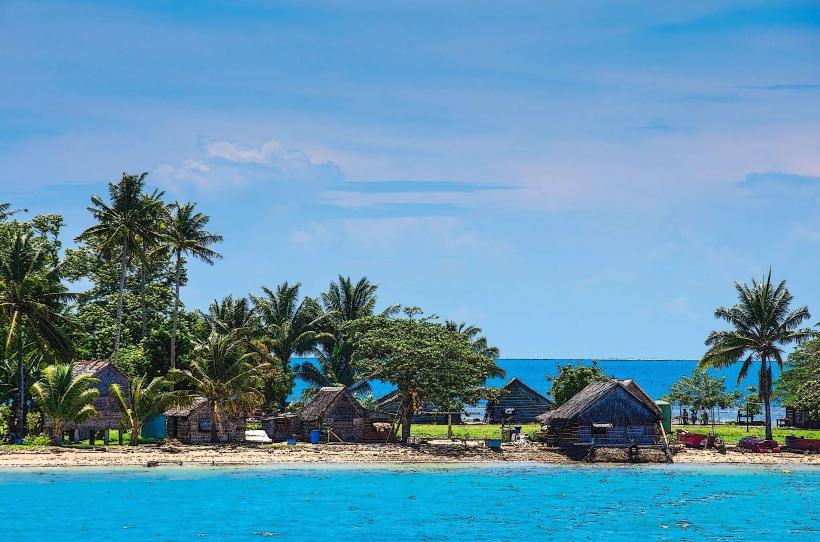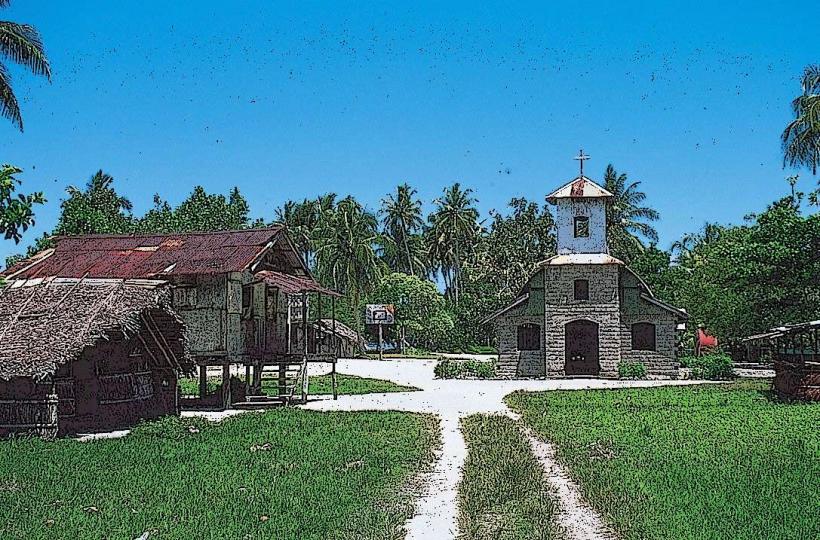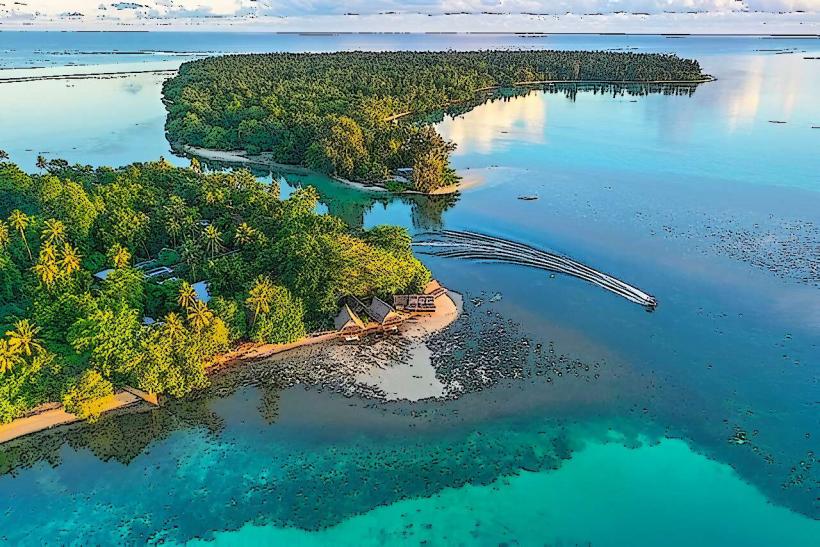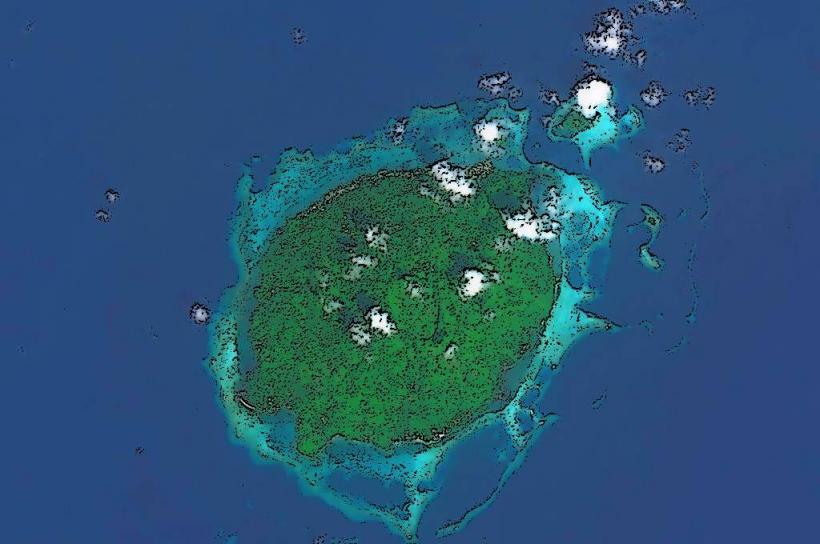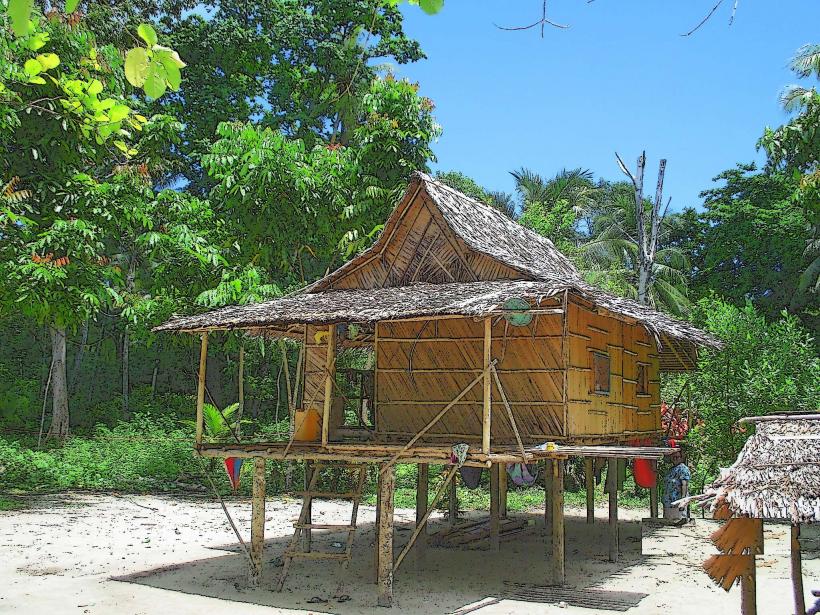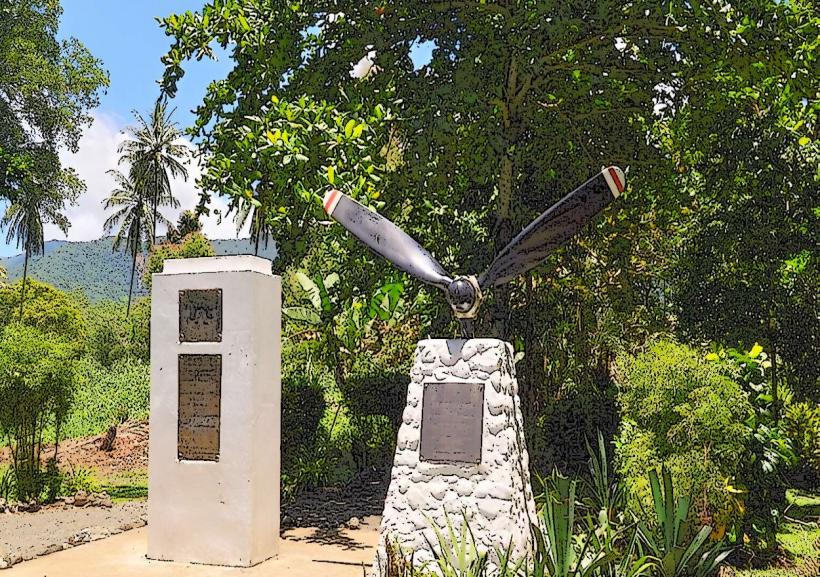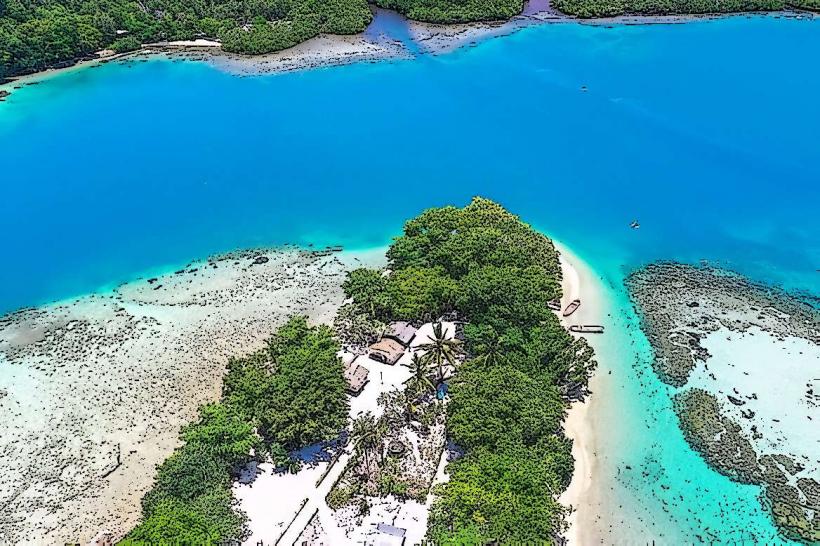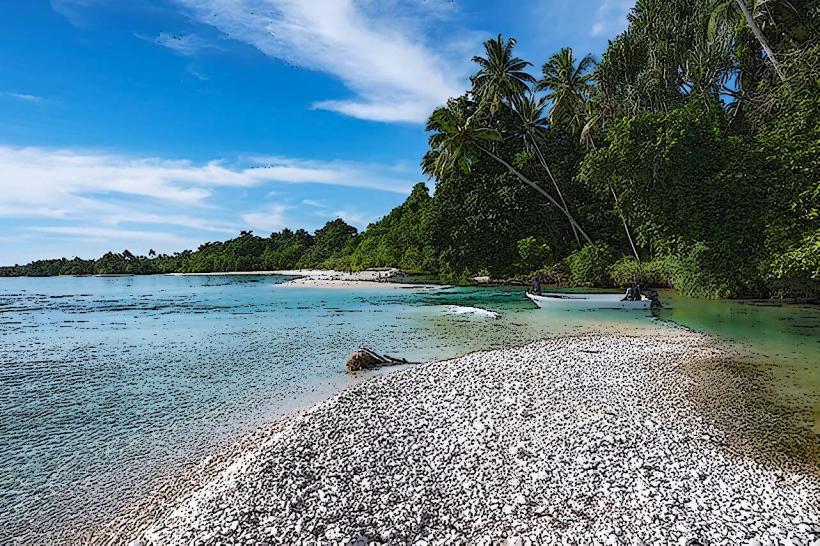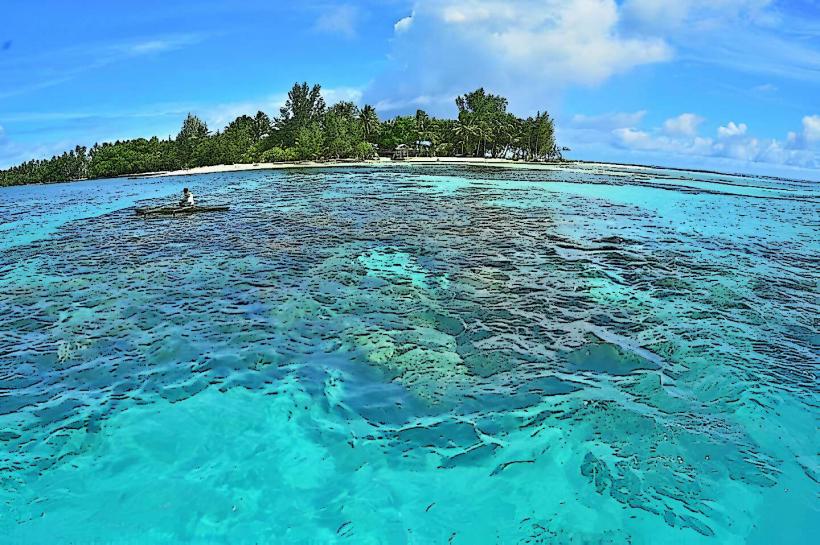Information
Landmark: Lou IslandCity: Manus
Country: Papua New Guinea
Continent: Australia
Lou Island is a small island located in the Admiralty Islands, part of the Bismarck Archipelago in Papua New Guinea. It is part of Manus Province, which is known for its diverse islands and coastal communities. Lou Island, like other islands in the region, is marked by a rich cultural heritage, natural beauty, and a relatively small population. Here are some key details about Lou Island:
Geography and Location:
- Location: Lou Island is situated north of Manus Island, in the northern part of Papua New Guinea, and is one of the smaller islands in the Admiralty Islands group. It lies within the Bismarck Archipelago, which consists of a number of islands known for their tropical landscapes and rich marine life.
- Landscape: The island is characterized by rugged hills, lush rainforests, and beautiful beaches. Like much of Manus Province, Lou Island has a tropical climate with high rainfall, making it rich in vegetation.
History and Cultural Significance:
- Indigenous Culture: Lou Island is home to a small, indigenous community. The people of Lou Island, like those of other parts of Manus Province, maintain traditional customs, languages, and practices. The island's inhabitants are known for their strong connection to the land and sea, with fishing, gardening, and cultural ceremonies playing central roles in daily life.
- World War II: During World War II, Manus Island (and by extension, Lou Island) played a strategic role in the Pacific Theater. Though Lou Island itself was not as heavily impacted as Manus, the region saw significant military activity due to its proximity to important airstrips and military bases. The remnants of these wartime activities can still be found in the region.
Economy:
- Fishing: The economy of Lou Island is centered around fishing, both for subsistence and as a source of income. The island's surrounding waters are home to a variety of marine life, making fishing a central part of the community’s livelihood.
- Agriculture: In addition to fishing, the islanders grow crops such as taro, yams, and coconuts. The fertile volcanic soil of the region supports the cultivation of these crops, which are staples in the local diet.
- Trade: While Lou Island is small and relatively isolated, it has some connections to the broader markets in Manus Province, especially through trade in agricultural products and marine resources.
Social and Cultural Life:
- Languages: The people of Lou Island speak a variety of local languages, with the Lou language being the primary one. However, Tok Pisin and English are also spoken, especially in relation to government and commerce.
- Traditional Practices: The island’s culture is rich in traditional practices, including ceremonies, dances, and art forms. These traditions are passed down through generations and are central to the community's identity. The Lou people have maintained a connection to their heritage, despite the influence of modern society.
Environment and Biodiversity:
- Marine Ecosystems: Lou Island is surrounded by vibrant coral reefs and rich marine ecosystems. These waters are teeming with fish and other sea life, making it a great place for fishing and marine exploration.
- Rainforests: The island’s lush forests are home to a variety of wildlife, including birds, insects, and endemic plant species. The tropical climate supports a dense canopy and a diverse range of flora and fauna, contributing to the biodiversity of the region.
Challenges:
- Isolation: Lou Island is relatively isolated, with limited infrastructure and access to modern services. This can make healthcare, education, and other essential services difficult to access for the island's population.
- Development: Like many smaller islands in Papua New Guinea, Lou Island faces challenges related to development. While the island’s economy relies on traditional industries like fishing and agriculture, the local population may have limited opportunities for economic advancement due to the island's remoteness.
- Environmental Pressures: Like other islands in the region, Lou Island faces environmental pressures, particularly from climate change. Rising sea levels and natural disasters such as cyclones can threaten the island's infrastructure and the livelihoods of its people.
Tourism:
- Natural Beauty: Lou Island, like much of the Bismarck Archipelago, is known for its pristine natural beauty. Its beaches, coral reefs, and rainforests make it an attractive destination for eco-tourism, diving, and nature enthusiasts.
- Cultural Tourism: Visitors to Lou Island can also experience traditional Lou Island culture, including local art, music, and dances. The island offers a unique opportunity to learn about the customs and way of life of a small island community in Papua New Guinea.
Conclusion:
Lou Island is a remote and culturally rich part of Manus Province, with a close-knit community that maintains strong ties to its traditional practices and natural surroundings. The island’s economy is largely based on fishing and agriculture, with the people relying on the surrounding ocean and fertile land for sustenance. Despite facing challenges related to isolation and development, Lou Island is a beautiful and important part of Papua New Guinea, offering a unique glimpse into the traditions and natural wonders of the region.

